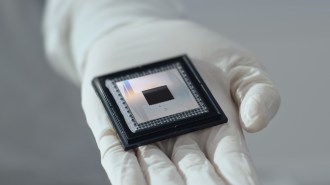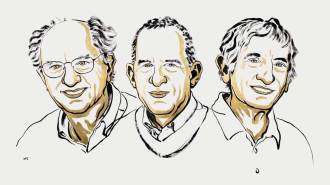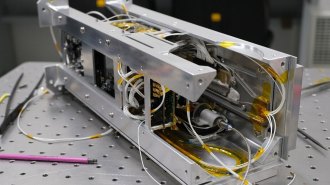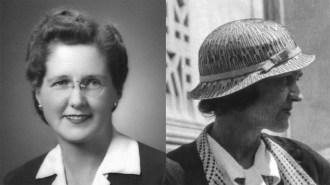
One day such research might enable people to avoid hip replacement surgery, instead getting an injection of manipulated stem cells harvested from their own belly blubber — a pretty good deal. Of course, the work is still early, and few of the techniques have been tried in people yet. But the approach has great potential: There are some 200 million stem cells in a pound of fat, many more than in bone marrow. From a scientific perspective, fat is intriguing as well. Too much can obviously harm the body’s systems, but it clearly has an important role, carrying its own supply of stem cells, immune cells and blood vessels. Gaidos paints a picture of a dynamic, although still poorly understood, organ that may have yet-undiscovered functions in keeping the body going.
Whether we’re talking about fat cells or steam engines, energy follows the laws of thermodynamics. But what happens to those laws at the atomic scale is something that has intrigued physicists for decades. Andrew Grant explores new work in the quantum realm. Despite all the effort to break its well-aged tenets of heat, work and entropy, thermodynamics still rules, Grant reports. Where there might be some flex, though, is in the use of entangled particles to one day “do work.”
Not all science is so futuristic. Some is headline news now. Witness recent mainstream coverage of gravitational waves (read our follow-up), the Zika virus (tune in next issue) and the Flint, Mich., lead crisis. Meghan Rosen reports on the extensive lead exposure that has hit Flint and what scientists have to say about the expected fall-out. Rosen’s story is not our usual fare — but it’s an important example of the crucial work science does in our everyday lives.







